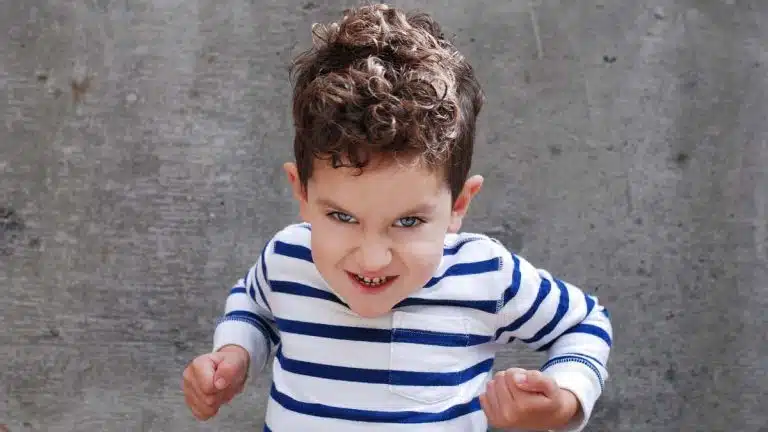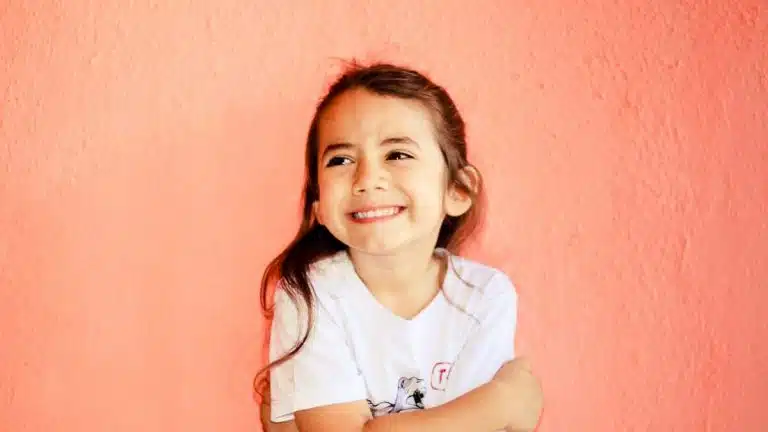Managing Hitting and Laughing Behaviors in Autistic Children


Introduction
Autism spectrum disorder (ASD) is characterized by a wide range of behaviors and challenges, including hitting and laughing in certain situations. These behaviors can be puzzling and concerning for parents, caregivers, and educators. In this article, we will delve into the reasons behind hitting and laughing behaviors in autistic children, explore potential triggers, and provide guidance on how to address and manage these behaviors effectively.
Communication Difficulties: Hitting can be a form of communication for autistic children who struggle to express their feelings and needs verbally. It might indicate frustration, anger, or an attempt to get attention.
Sensory Overload: Autistic individuals often experience sensory sensitivities. Hitting might be a reaction to overwhelming sensory stimuli in their environment, indicating a need to regulate their sensory experiences.
Anxiety and Stress: Hitting can be a coping mechanism for autistic children dealing with anxiety or stress. It might provide a sense of control or relief from overwhelming emotions.
Social Interaction Challenges: Hitting can result from difficulties in understanding social cues and appropriate interactions. Autistic children may hit as a response to unfamiliar social situations or misunderstandings.
Sensory Responses: Autistic individuals may laugh in response to sensory stimuli, such as certain sounds, textures, or visual patterns that evoke a sensory reaction.
Self-Stimulation: Laughing behaviors can serve as a form of self-stimulation, helping autistic children regulate their sensory experiences and emotions.
Humor Processing: Some autistic children may find certain situations amusing, even if others do not perceive them as funny. Their unique sense of humor might lead to spontaneous laughter.
Social Disconnect: Laughing at inappropriate times could stem from difficulties in understanding social norms and appropriate emotional expressions.
Observe and Identify Triggers: Pay attention to the circumstances surrounding hitting and laughing incidents. Identifying triggers, such as specific environments, situations, or sensory stimuli, can help you better understand the underlying causes.
Provide Alternative Communication: Offer alternative ways for your child to communicate their feelings and needs. Implement visual supports, such as picture cards or communication devices, to help them express themselves.
Sensory Regulation Strategies: Create a sensory-friendly environment and offer sensory tools like fidget toys or noise-cancelling headphones. These tools can help your child manage sensory overload and reduce hitting and laughing behaviors.
Teach Social Skills: Provide explicit social skills training to help your child understand appropriate ways to interact and express themselves. Role-playing and visual cues can be effective teaching methods.
Introduce Calming Techniques: Teach your child calming techniques like deep breathing, counting, or taking breaks in a designated safe space when they feel overwhelmed.
Positive Reinforcement: Reward and acknowledge desired behaviors. Use praise, small rewards, or a token system to encourage positive interactions and emotional expression.
Seek Professional Guidance: If hitting and laughing behaviors persist and interfere with daily life, consider consulting professionals, such as behavioral therapists or speech-language pathologists, who specialize in working with autistic children.
Yes, babies with autism can and do laugh. Just like any other child, babies on the autism spectrum experience a wide range of emotions, including joy and happiness. Their laughter might occur less frequently or may be different in response to stimuli compared to neurotypical babies, but it’s definitely there.
Autism is a spectrum disorder, which means that it manifests differently in each child. Some babies with autism might have more difficulty with social interactions or communication, but this doesn’t mean they don’t experience happiness or find things amusing.
Hitting and laughing behaviors in autistic children are complex and multifaceted. Understanding the underlying reasons behind these behaviors and implementing strategies to address them can create a more supportive and enriching environment for autistic individuals. By focusing on effective communication, sensory regulation, social skills development, and positive reinforcement, parents, caregivers, and educators can help autistic children navigate their challenges and thrive in their unique ways.
Autistic children might hit as a way to communicate frustration, cope with sensory overload, or react to unfamiliar social situations.
Laughing behaviors can stem from sensory responses, self-stimulation, unique senses of humor, or difficulties in understanding social norms.
Create a sensory-friendly environment, offer social skills training, and introduce positive reinforcement to encourage appropriate emotional expression.
If these behaviors persist and impact daily life, consider consulting behavioral therapists or speech-language pathologists specializing in autism.

Why children smile after getting hurt? Unveil the psychology behind their reactions - from endorphins to coping.

Get Your Resources to Your Email Now!